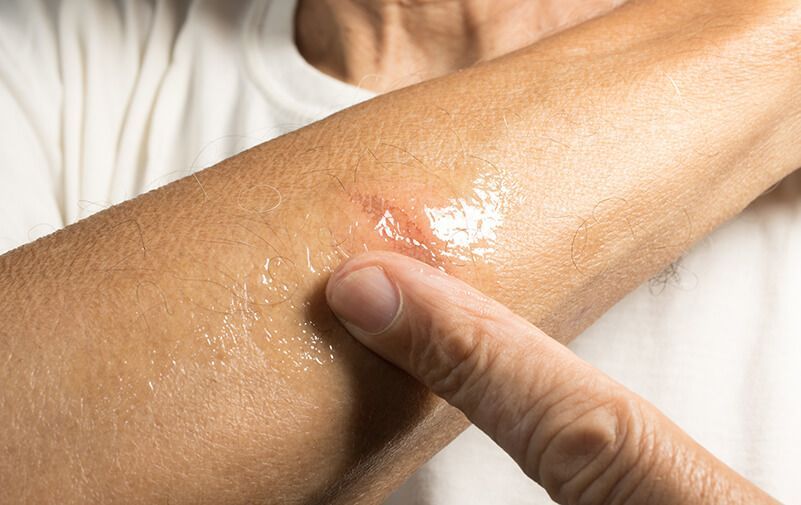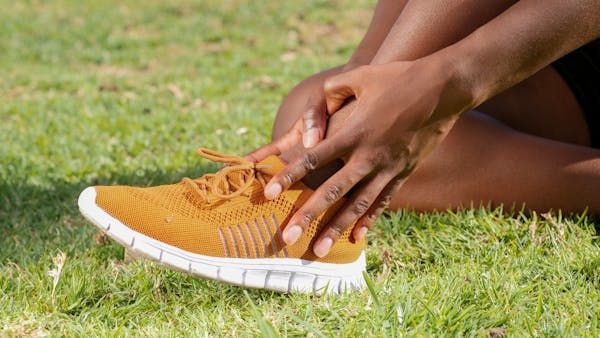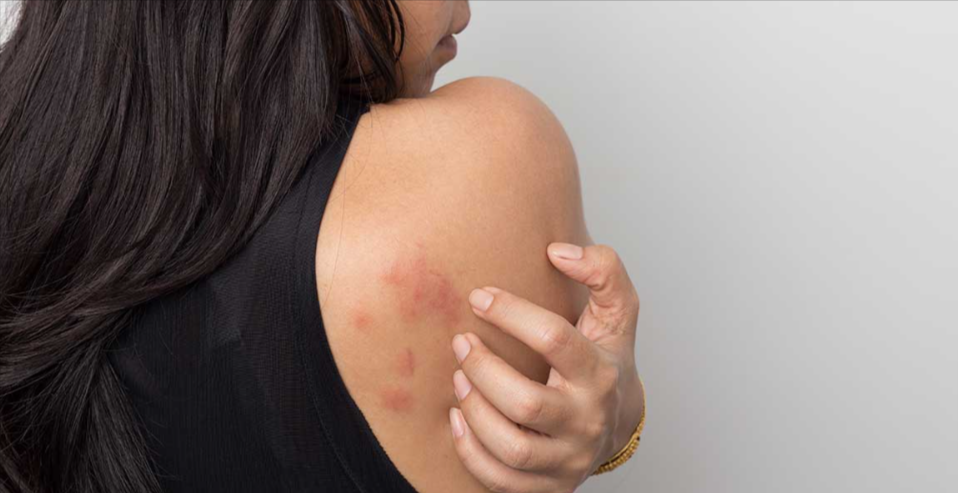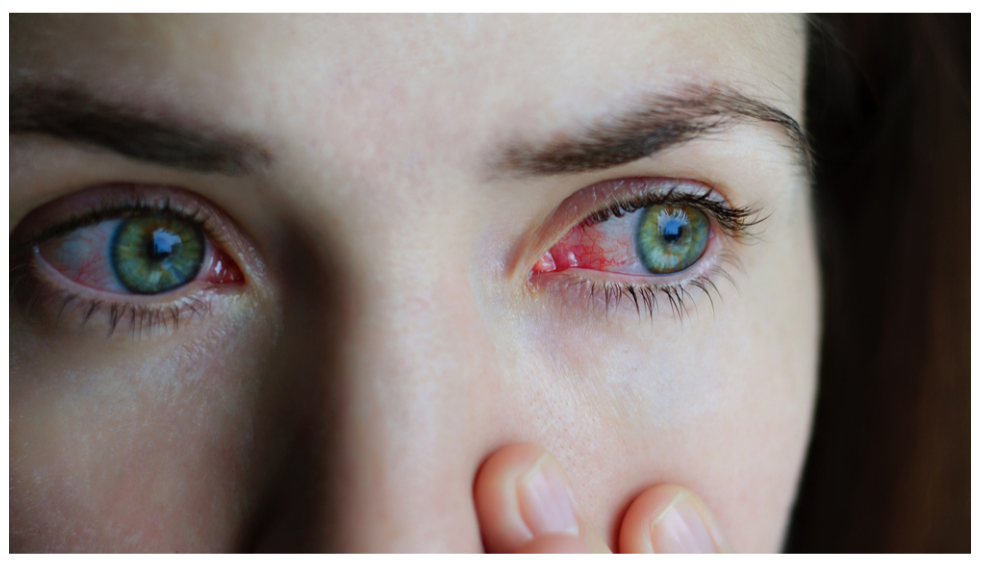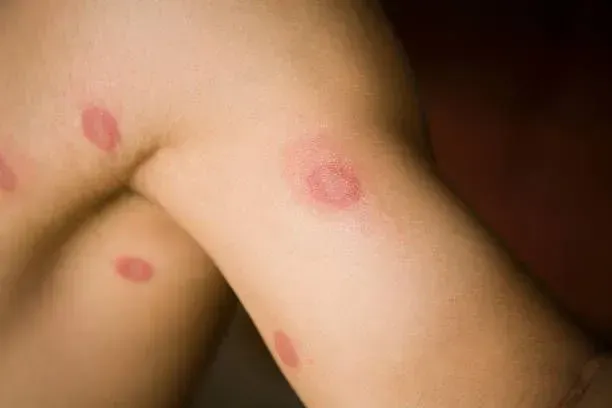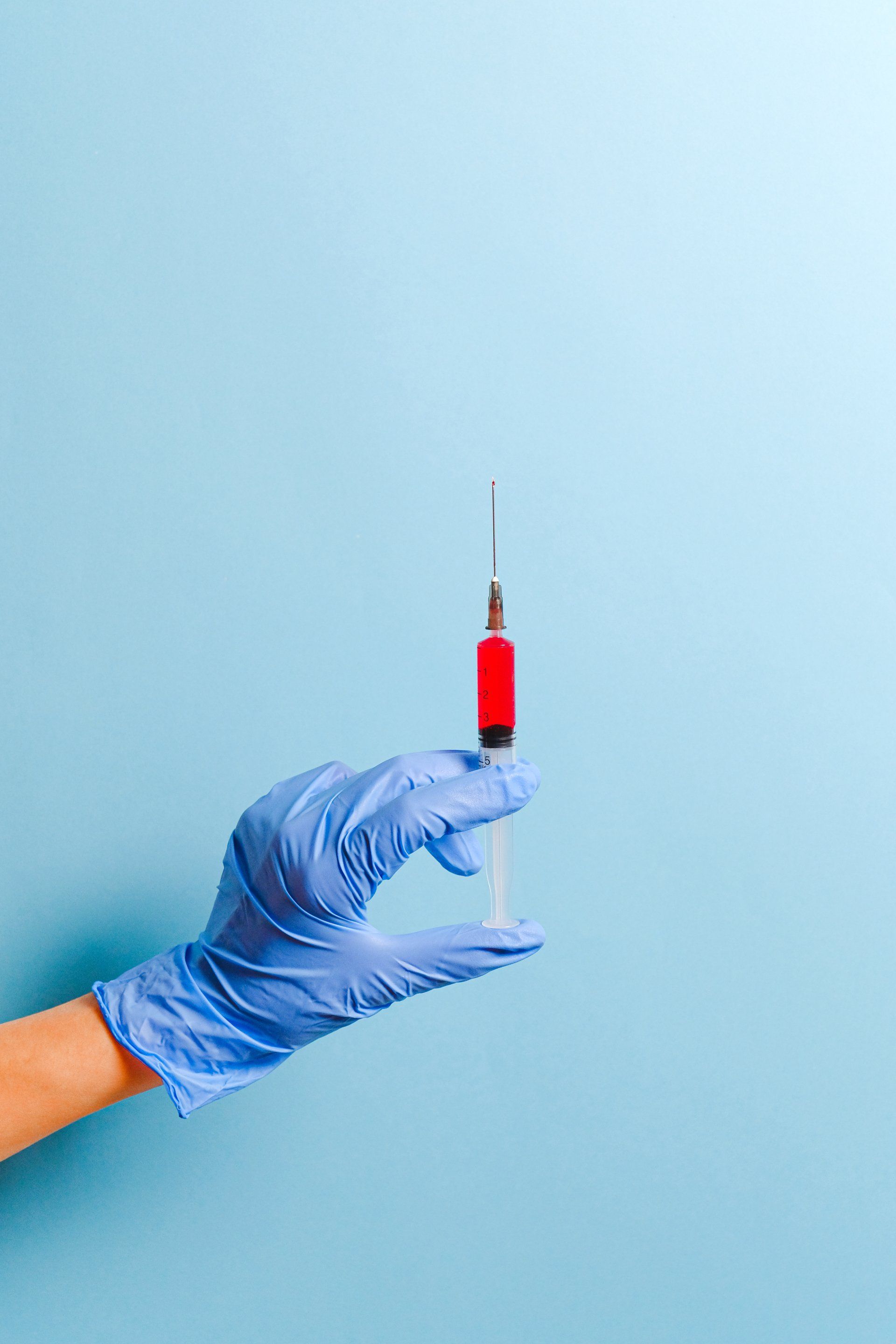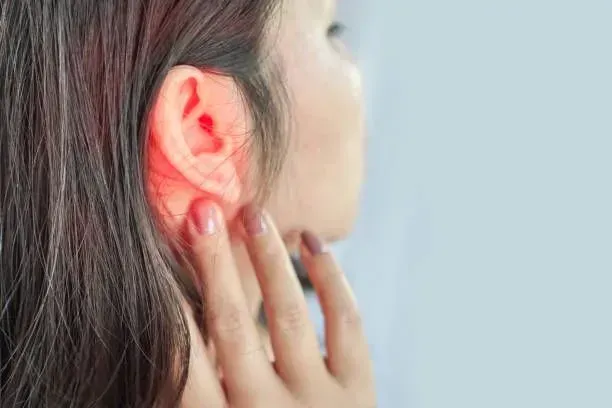Best Tips for Spring Cleaning
As the snow melts, spring brings a sense of renewal and the perfect opportunity for a thorough home cleaning. Spring cleaning is more than just tidying your house - it's the best time to address hidden enemies of comfort and health, such as allergens and safety hazards, that have accumulated over the past year.
This blog will provide the best tips for effective spring cleaning. The healthier the space you live in, the better you'll feel emotionally and physically. Not to mention, with less allergen risk, you could have fewer visits to the urgent care clinic! Start this seasonal cleaning as a cleaning spree and a step towards a healthier, safer living environment.
Preparing for Spring Cleaning
Before diving into the whirlwind of spring cleaning, a well-thought-out plan can set the stage for a smooth and efficient process and ensure you stay calm. Start by setting clear, achievable goals for what you want to accomplish in each area of your home. This specificity helps tackle tasks systematically and prevents the feeling of being overwhelmed.
Next, make a comprehensive checklist that covers every nook and cranny, categorizing tasks by room or by the type of activity, such as dusting, vacuuming, and decluttering, to ensure nothing is overlooked.
After you've developed your plan, it's time to get everything you need to keep your space clean. Opt for a mix of traditional and green cleaning products, emphasizing those that are allergy-friendly to safeguard against irritants. Stock up on microfiber cloths, dusters, a quality vacuum with a HEPA filter, and any specific tools you might need for tougher jobs. Preparing your toolbox in advance avoids disruptions, making the cleaning process smoother and more enjoyable.
Allergy-Proofing Your Home
Allergies are at one of its highest points in the year during the spring season. Also, allergies are among the most common causes that trigger people to seek urgent care services. As you complete your spring cleaning, consider integrating strategies aimed explicitly at allergy-proofing your home to reduce allergens and create a healthier environment for you and your loved ones. Below are essential steps to minimize common indoor allergens like dust mites, pet dander, pollen, and mold.
Deep Cleaning Fabrics
Fabrics can harbor allergens. Washing bedding, curtains, and even soft toys in hot water weekly can kill dust mites. For items that can't be washed, consider using dust mite-proof covers on mattresses, pillows, and box springs.
Filter Maintenance
Replacing or cleaning HVAC and air purifier filters can trap allergens before they spread throughout your home. Invest in filters with a high MERV rating for the best allergen control. The higher the MERV rating, the smaller the particles the filter can catch.
Minimize Dust Collectors
While decluttering is visually pleasing, it also reduces dust accumulation. Focus on areas prone to dust, like bookshelves and decorative items, and opt for easy-to-clean surfaces. Regular dusting with a damp cloth can prevent allergens from becoming airborne.
Use Allergy-Safe Cleaning Solutions
Natural cleaning products or homemade solutions like vinegar and baking soda can fight dirt and grime without introducing harsh chemicals that might trigger allergies. Essential oils like tea tree or eucalyptus add natural fragrance and antimicrobial properties. However, it's crucial to patch test and use them sparingly, as some individuals might be sensitive even to natural options.
Organizing and Decluttering
When you picture Spring Cleaning, it's not uncommon to visualize big trash bags, building new shelves, and making your space feel more open. These critical parts of spring cleaning can transform your home's ambiance and functionality. However, organizing and removing items in your home can be overwhelming. So, when you're not sure where to start, consider the following tips:
1. Adopt a Systematic Approach
Spring cleaning is most productive when you adopt a systematic approach, tackling one room at a time to maintain focus and efficiency. Begin with the most cluttered areas, as clearing these can provide a significant sense of accomplishment and motivation to continue.
2. Categorize
The key to effective decluttering is to sort items into categories: keep, donate, recycle, and trash. Be honest about the utility and sentimental value of each item. For those things you decide to keep, find a designated space where they will be accessible yet out of the way. Purchasing storage solutions like baskets, bins, and drawer organizers can help maintain order and prevent future clutter.
3. Donate
Donating items that you no longer need but are still in good condition can be incredibly rewarding. It clears space in your home and benefits those in need. Research responsible disposal options for items that can't be donated, such as recycling programs for electronics or hazardous waste.
4. Divide and Conquer
Nothing makes spring cleaning more fun than having company! Gather your loved ones for support and host a mini cleaning party. Though the concept doesn’t necessarily scream “party,” the job will go by quicker when you’re having fun with friends and family. This way, you have extra hands to help move things along.
Safety Tips for Spring Cleaning
Spring cleaning is a rejuvenating process that can significantly improve the comfort and cleanliness of your home. However, it's necessary to prioritize safety to prevent accidents and ensure a healthy environment. Following these essential safety tips can save you a trip to your local urgent care center.
Chemical Safety
When using chemical cleaners, always ensure the room is well-ventilated to avoid inhaling fumes that can harm your respiratory system. Reading and following the instructions on product labels is vital to prevent chemical reactions that could result in dangerous gases or other hazards. Additionally, cleaning supplies should be stored in a secure location that is out of the reach of children and pets to avoid accidental ingestion or contact. To be safe, always know your closest pediatric urgent care clinic in the case of an emergency.
Physical Safety
Physical safety is equally important. When using ladders to clean high places, make sure they are stable and positioned on a flat surface to prevent falls. Wear non-slip shoes and use gloves to safeguard your hands from chemicals or sharp objects. Be sure to lift heavy objects properly by bending at the knees and maintaining a straight back to avoid strain or injury.
If you sustain an injury from your spring cleaning, visit a walk in clinic for support.
We’re Here to Help
spring cleaning each year can welcome the warmer climate and prepare your home for a new change in weather. However, as simple as the task may sound, spring cleaning can put you in harm’s way.
UrgiClinic Urgent Care center encourages you to start your spring cleaning journey with health and safety in mind. Our doors are always open if you have any concerns or questions about allergies, accidents, or general health related to your cleaning efforts.


